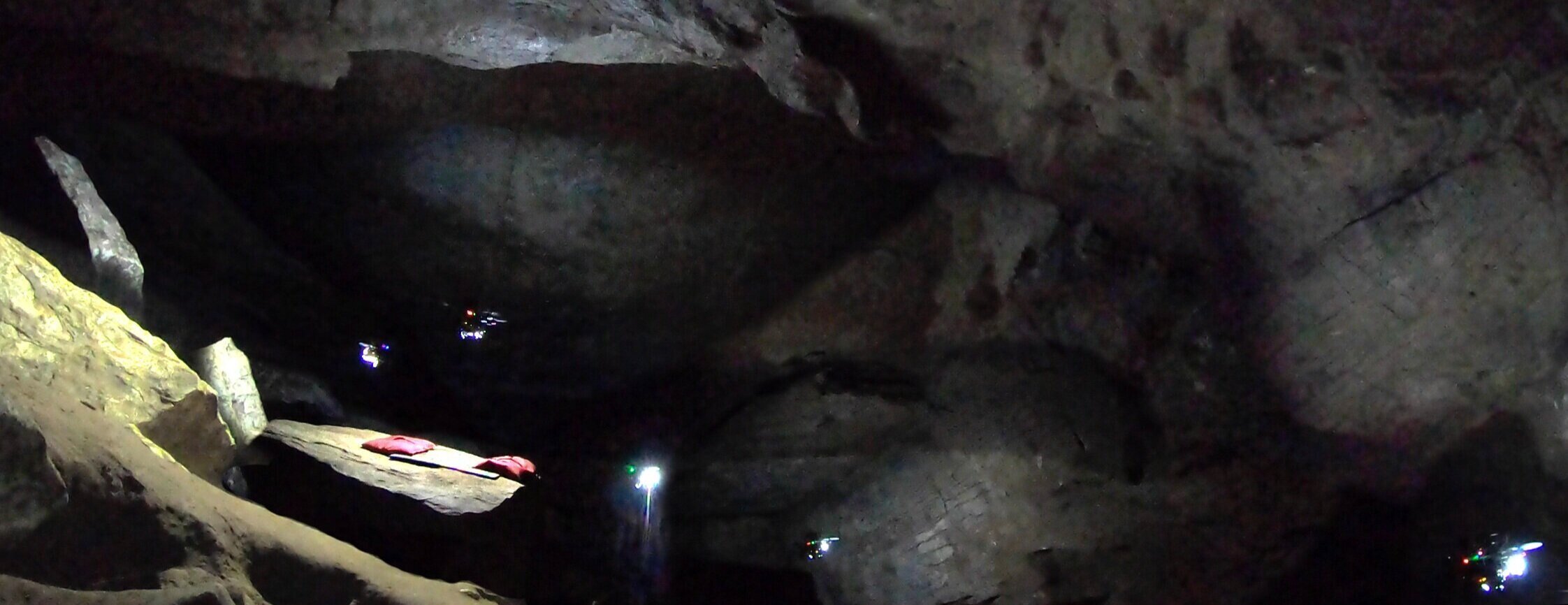A study of children's interactions with robots was carried out at the Norwegian research fair held in every major city. It is an annual national event where children gain insight into science and what researchers do.
The role of automotive software has changed profoundly in recent years. Software is now being used and is relied upon for critical operations that were previously being performed by hardware.
Die casting, the process of forcing molten metal into molds, is far from new. Today, casting processes use a lot more advanced technology, specifically robots, than in years past. These 'bots have many advantages in die casting, but energy saving is one of the most substantial.
An armed weapons system capable of making decisions sounds like it's straight out of a Terminator movie. But once lethal autonomous weapons are out in the world, there could be no turning back.
The way the production line is set up is said to be inspired by car factories. The industrial robots from Kawasaki are utilized on the unit assembly line, working on gable frame assembly, and overall assembly to connect the ceiling, floor and gable frames.
In recent years, researchers have developed a growing amount of computational techniques to enable human-like capabilities in robots. Most techniques developed so far, however, merely focus on artificially reproducing the senses of vision and touch, disregarding other senses, such as auditory perception.
Army researchers developed a reinforcement learning approach that will allow swarms of unmanned aerial and ground vehicles to optimally accomplish various missions while minimizing performance uncertainty.
When your clients are working with you to integrate lightweight autonomous mobile robots (AMRs), they’re looking for the biggest bang for their buck.
A vast majority of manufacturers are integrating robotic systems in production facilities to enhance production capacity, boost profit margins, and cut operational costs. These trends have created a substantial demand for robotic components, including robot sensors like 3D vision.

In this episode, Lilly interviews Nathan Michael, Professor and Director of the Resilient Intelligent Systems Lab at the Robotics Institute within Carnegie Mellon University. They discuss introspection, adaptation, and evolvement in robotics. Michael speaks about topics in state estimation and distributed perception, and other challenges in control, perception, and cognition for both single and multi-robot systems.
 Nathan Michael
Nathan Michael
Nathan Michael is an Associate Research Professor and the Director of the Resilient Intelligent Systems Lab at the Robotics Institute within Carnegie Mellon University (CMU). Professor Michael’s research seeks to enable the development of self-sufficient robots and teams of robots that can respond to disasters; robots which can perform the tasks of first responders in order to reduce the number of people placed in harm’s way. His research employs the principles of resilient intelligence and persistent knowledge to enable robots to innovate to solve complex problems, to overcome unanticipated challenges and to learn from their experiences. Applications of Professor Michael’s work include the use of autonomous robots to explore earthquake-damaged buildings and the deployment of unmanned aerial systems to inspect nuclear reactor cores and measure radiation levels.
Links
The applications to patent an interlocking food container easily grasped by robots and another for “devices and methods for attracting enhanced attention” were filed by the Artificial Inventor Project, naming DABUS as the inventor.
Human facial expressions could be one of the keys in building trust between Soldiers and autonomous agents.
To increase productivity in production, more and more companies are deciding to link and automate their machine tools. The right automation system is crucial here. Robots and the appropriate gripping technology play an important role here.
Inertial measurement units (IMUs) are essential tools for manufacturers of off-road heavy-duty vehicles and machinery. They provide critical information that is used to control, monitor and manage the equipment, but also to ensure operator safety during use.
Over the past few years, robotics researchers have designed tiny and untethered swimming robots, also known as microswimmers, with increasingly advanced sensing and locomotion capabilities. These microrobots could prove very useful in medical settings, particularly for the implementation of minimally invasive targeted therapies in parts of the body that are difficult to reach, such as the central nervous system or vascular system.

 Nathan Michael
Nathan Michael